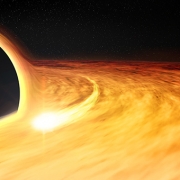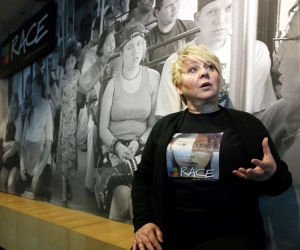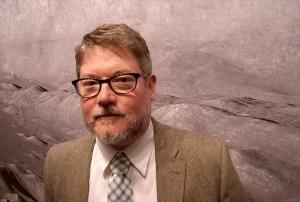Kudos Affiliates!! June 2019
Congratulations to these Affiliates on their recent accomplishments! Do you have kudos to share? Please send potential entries to Aaron Glavas, GlavasC@si.edu.
FUNDING
The Air Zoo (Portage, MI) announced a $57,000 grant from the Margaret Dunning Foundation to support the renovation of its existing classroom spaces. The grant matches the investment already committed by the Michigan Council for Arts and Cultural Affairs in September 2018, supporting a complete $114,000 renovation of the Air Zoo’s existing classroom spaces. Renovations will enable the Air Zoo to provide an immersive, hands-on space for the more than 90 science, technology, engineering, art and mathematics educational initiatives.
The Indiana Historical Society (Indianapolis, IN) has launched its Indianapolis History Collecting Initiative, supported by a $100,000 grant from the Lilly Endowment. The initiative is part of the Indiana Historical Society’s Indianapolis Bicentennial Project which hopes to identify resources about the people, places and events that have shaped the city over the past 200 years.
An $8,600 grant was awarded to the Strategic Air Command and Aerospace Museum (Ashland, NE) by the Cass County Board of Commissioners. The purpose of the grant is to improve the space suits exhibits and displays to encourage more tourism there.
National Inventors Hall of Fame (Alexandria, VA) received a $5,000 from Duke Energy Foundation to help keep vital resources flowing into K-12 classrooms and programs at the museum.
AWARDS & RECOGNITION
The Institute of Museum and Library Services announced the recipients of the 2019 National Medal for Museum and Library Service, the nation’s highest honor given to libraries and museums that make significant and exceptional contributions to their communities. The winners of the 2019 National Medal for Museum and Library Service including Orange County Regional History Center (Orlando, FL) and National Civil Rights Museum at the Lorraine Motel (Memphis, TN) are addressing unique issues and opportunities within their communities through their programs, services and partnerships.
Williams-Mystic, the maritime studies program of Williams College and Mystic Seaport Museum (Mystic, CT), were presented with the Walter Cronkite Award for Excellence in Maritime Education at the National Press Club in Washington, D.C. The 42-year-old program brings undergraduate college students to the museum for a semester of interdisciplinary research and travel centered around the ocean. More than 1,600 students have attended the program. Williams-Mystic is receiving the award from the National Maritime Historical Society and the National Coast Guard Museum Association.
The Museo de Arte de Puerto Rico was awarded the American Alliance of Museums Chair’s Leadership Award, accepted by the museum’s director Marta Mabel Perez at the 2019 AAM Annual Meeting. The award was given to recognize the museum’s work in the aftermath of Hurricane Maria.
LEADERSHIP
The Children’s Museum of the Upstate (Greenville, SC) Board of Directors unanimously voted to appoint Hillary Spencer, a former director of operations for global business development at the American Museum of Natural History in New York, as the museum’s new director. Spencer will take over the position on May 1.
American Jazz Museum (Kansas City, MO) announced that the board named Ralph Caro to lead the museum as interim executive director and to focus on implementing key recommendations from a consultants’ report issued in April 2018.


 After 12 years of leading the
After 12 years of leading the  To understand more about Urey, we asked five questions of Dr. Shindell.
To understand more about Urey, we asked five questions of Dr. Shindell. What have you enjoyed most about writing this book? What has been an unexpected discovery, if any?
What have you enjoyed most about writing this book? What has been an unexpected discovery, if any?
